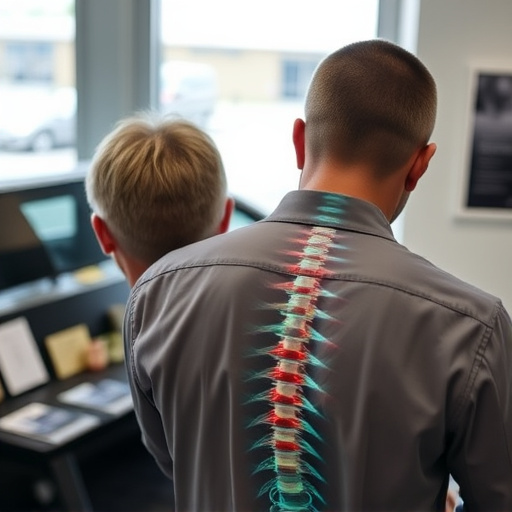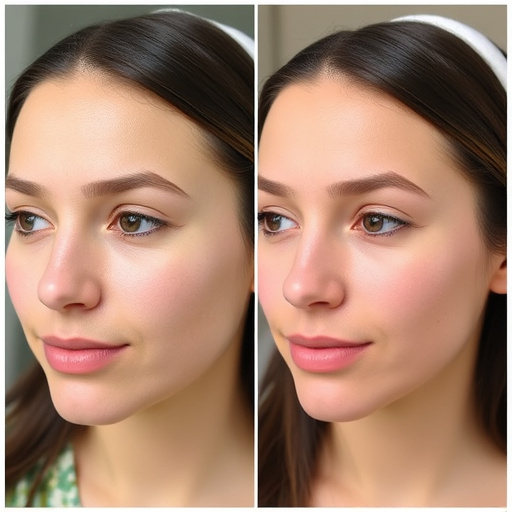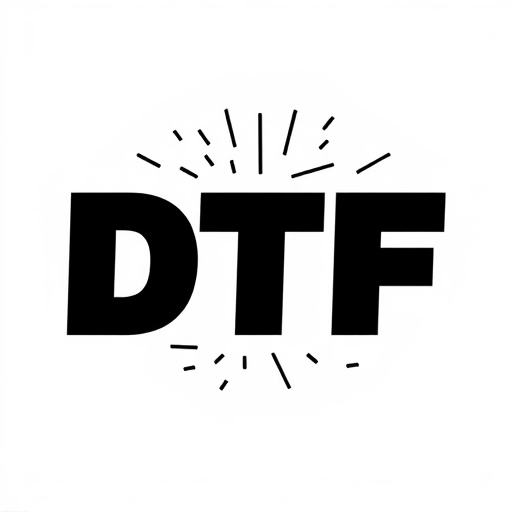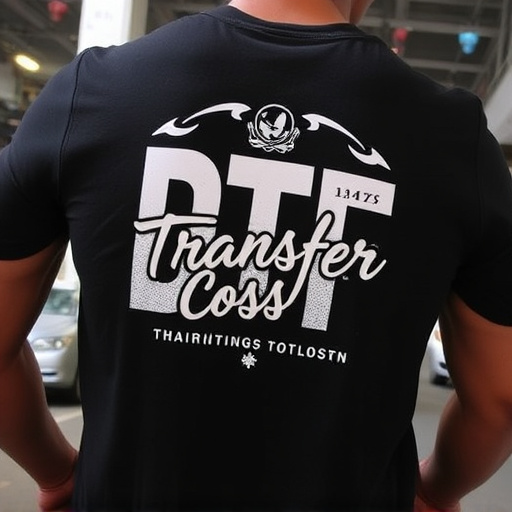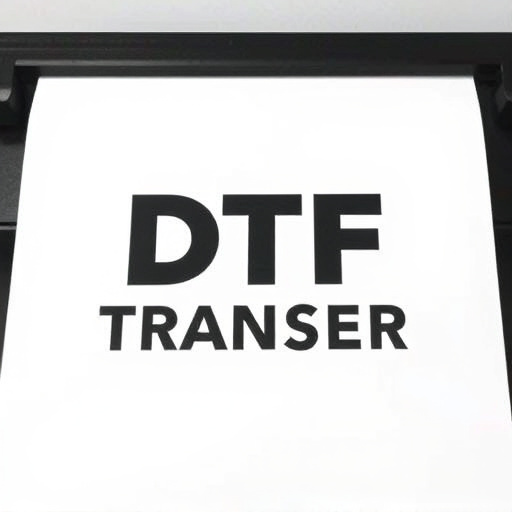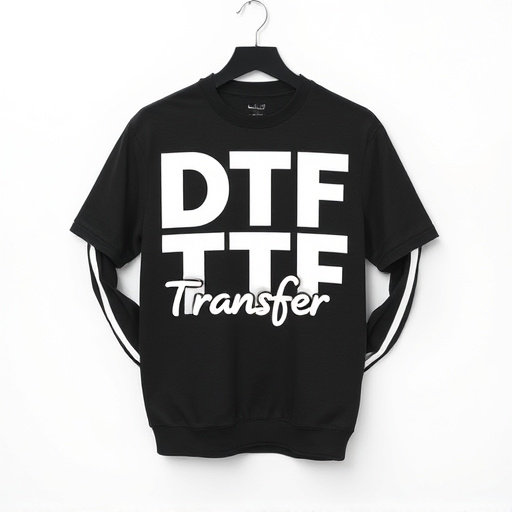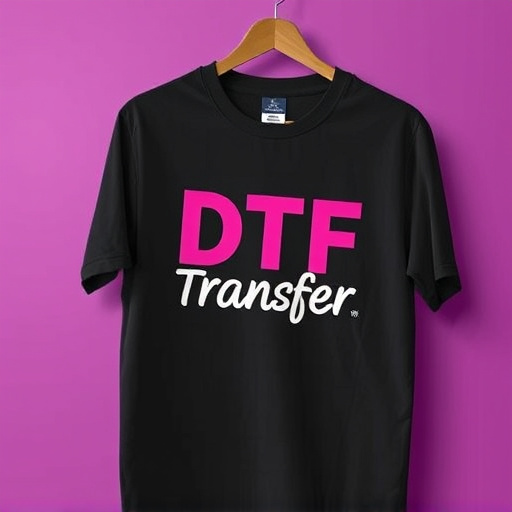Direct-to-Fabric (DTF) transfer technology has transformed textile printing by enabling high-quality, vibrant prints directly onto polyester fabrics. This game-changing process streamlines production and offers vast design possibilities, catering to apparel, accessories, home decor, and industrial textiles. With its quick turnaround times, versatility, and durability, DTF printing is a favorite among professionals and DIY enthusiasts. The key to successful DTF transfers lies in choosing the right polyester fabric and following a meticulous five-step process for preparation, print setup, printing, curing, and post-processing. Proper care, including adequate curing, mild cleaning methods, and storage, ensures DTF prints maintain their vibrancy over time.
“Discover the revolutionary world of DTF (Direct-to-Fabric) Transfer and its rising popularity in the textile industry. This comprehensive guide explores the process behind creating vibrant, long-lasting DTF Prints on polyester fabrics. From the evolution of DTF Printing Technology to the numerous benefits it offers, we delve into why this method is a game-changer. Learn about the art of choosing the perfect polyester base and mastering the step-by-step application process. Uncover the secrets to curing and caring for your DTF Transfers, ensuring your designs withstand the test of time.”
- Understanding DTF Transfer: A Comprehensive Overview
- The Evolution of DTF Printing Technology
- Advantages of Using DTF for Textile Printing
- Choosing the Right Polyester Fabric for DTF Transfers
- Application Process: Step-by-Step Guide to DTF Printing
- Curing and Care: Ensuring Longevity of DTF Prints on Fabric
Understanding DTF Transfer: A Comprehensive Overview

The Direct-to-Fabric (DTF) transfer process is a cutting-edge technique revolutionizing the way we print on textiles, especially polyester fabrics. This innovative method allows for high-quality, long-lasting prints directly onto the fabric surface, offering a diverse range of vibrant and durable DTF prints. By eliminating the need for intermediate surfaces like paper, DTF printing streamlines production and opens doors to exciting design possibilities.
DTF transfer technology involves specialized ink that fuses with the polyester fibers, creating an indelible bond. This ensures that designs, whether intricate or bold, remain vibrant and resistant to fading, tears, or washes. The process is versatile, catering to various applications, from apparel and accessories to home decor and even industrial textiles. With DTF printing, businesses can now offer personalized, on-demand services, swiftly transforming ideas into tangible products.
The Evolution of DTF Printing Technology
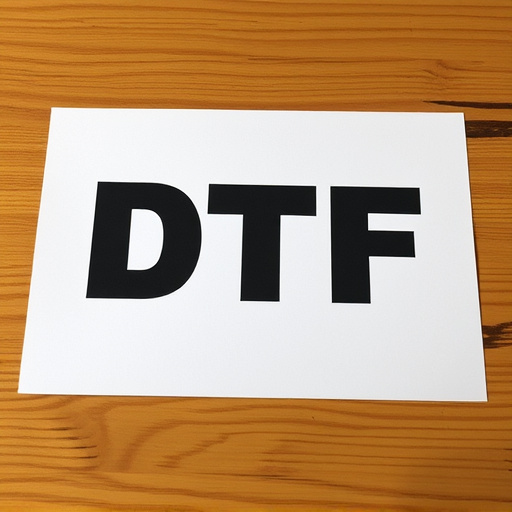
The evolution of Direct-to-Fabric (DTF) printing technology has been a game-changer in the textile industry, especially for custom apparel and promotional products. This innovative process allows for high-quality, long-lasting prints directly on various fabrics, including polyester. DTF Transfer, a key component of this technology, involves transferring ink onto the fabric using heat and pressure, resulting in vibrant and durable DTF prints.
Historically, traditional printing methods relied heavily on silk screening, which was time-consuming and limited in terms of design complexity and color range. With advancements in technology, DTF Printing emerged as a faster, more versatile alternative. It offers a wide array of color options, enabling the creation of intricate designs with fine details. The DTF transfer process has become increasingly popular due to its ability to produce high-resolution prints on demand, catering to both small and large-scale businesses.
Advantages of Using DTF for Textile Printing

Using Direct-to-Fabric (DTF) transfer for textile printing offers a multitude of advantages. One of its key strengths is the ability to print high-quality, vibrant DTF prints directly onto polyester fabrics. This method eliminates the need for intermediate layers, ensuring a crisp and durable finish that withstands washing and wear.
DTF transfer also streamlines the production process by simplifying design-to-print conversion. It allows for quick turnaround times, making it an efficient solution for small to medium-sized batches and even custom printing requests. Additionally, DTF Printing is versatile, accommodating a wide range of fabric types and designs, making it a popular choice among both professional printers and DIY enthusiasts.
Choosing the Right Polyester Fabric for DTF Transfers

When selecting a polyester fabric for DTF (Direct to Fabric) transfers, it’s crucial to consider factors like weight, texture, and elasticity. Lighter fabrics are generally preferred as they allow ink to penetrate deeper, ensuring vibrant and long-lasting DTF prints. Opting for a smooth surface also facilitates easy application and adhesion of the transfer.
Polyester blends that combine spandex or elastane offer both flexibility and durability, making them ideal for items that require movement, such as apparel. These fabrics ensure the DTF transfer remains intact during wear and wash cycles. Additionally, choosing the right polyester fabric can enhance the overall visual appeal of the final DTF prints, ensuring they are crisp, clear, and resistant to fading or smudging.
Application Process: Step-by-Step Guide to DTF Printing

The Direct-to-Fabric (DTF) transfer process involves a meticulous application method to achieve high-quality prints on polyester fabrics. Here’s a step-by-step guide to help you master DTF printing:
1. Preparation: Start by cleaning and preparing your polyester fabric. Ensure it is free from dirt, oil, or any contaminants. Consider using a degreaser or a clean, dry cloth to wipe down the surface. This crucial step ensures optimal adhesion of the transfer. Next, choose your design—it could be an image, text, or pattern—and prepare it in a suitable format for printing.
2. Print Setup: Load your printer with DTF ink and media. DTF printers typically use special ink and a specific type of paper designed for fabric transfers. Ensure the ink is compatible with polyester. Adjust your printer settings according to the manufacturer’s guidelines, including resolution and color mode, to achieve the best results.
3. Printing: Position your prepared fabric on a flat surface or a printing press. Place the DTF transfer paper, ink side down, onto the fabric, ensuring complete coverage of the design area. Then, carefully feed the material into your printer. The ink will be transferred from the paper to the fabric during the print process, creating your desired DTF prints.
4. Curing: After printing, allow the ink to cure completely. This step is vital for long-lasting prints and ensures the colors are vibrant and resistant to fading. Different inks may have varying curing times, so consult your product instructions.
5. Post-Processing: Once cured, carefully remove the transfer paper from the fabric. You should now have a professionally printed DTF transfer on your polyester material.
Curing and Care: Ensuring Longevity of DTF Prints on Fabric

Curing and proper care are essential steps to ensure the longevity of Direct-to-Fabric (DTF) prints. After applying the DTF transfer to polyester fabric, it’s crucial to allow adequate time for curing. This process involves activating the adhesive properties of the DTF ink, ensuring a permanent bond with the fabric fibers. During curing, heat and pressure are typically applied to accelerate the chemical reaction, resulting in a strong and long-lasting print.
Regular maintenance and care will extend the lifespan of your DTF prints. Avoiding harsh cleaning methods and direct exposure to sunlight is vital. Using mild detergent and warm water for washing ensures that prints remain vibrant without damaging the fabric or ink. Proper storage in a cool, dry place protects against fading and peeling, allowing you to enjoy the beauty of DTF prints for years to come.


